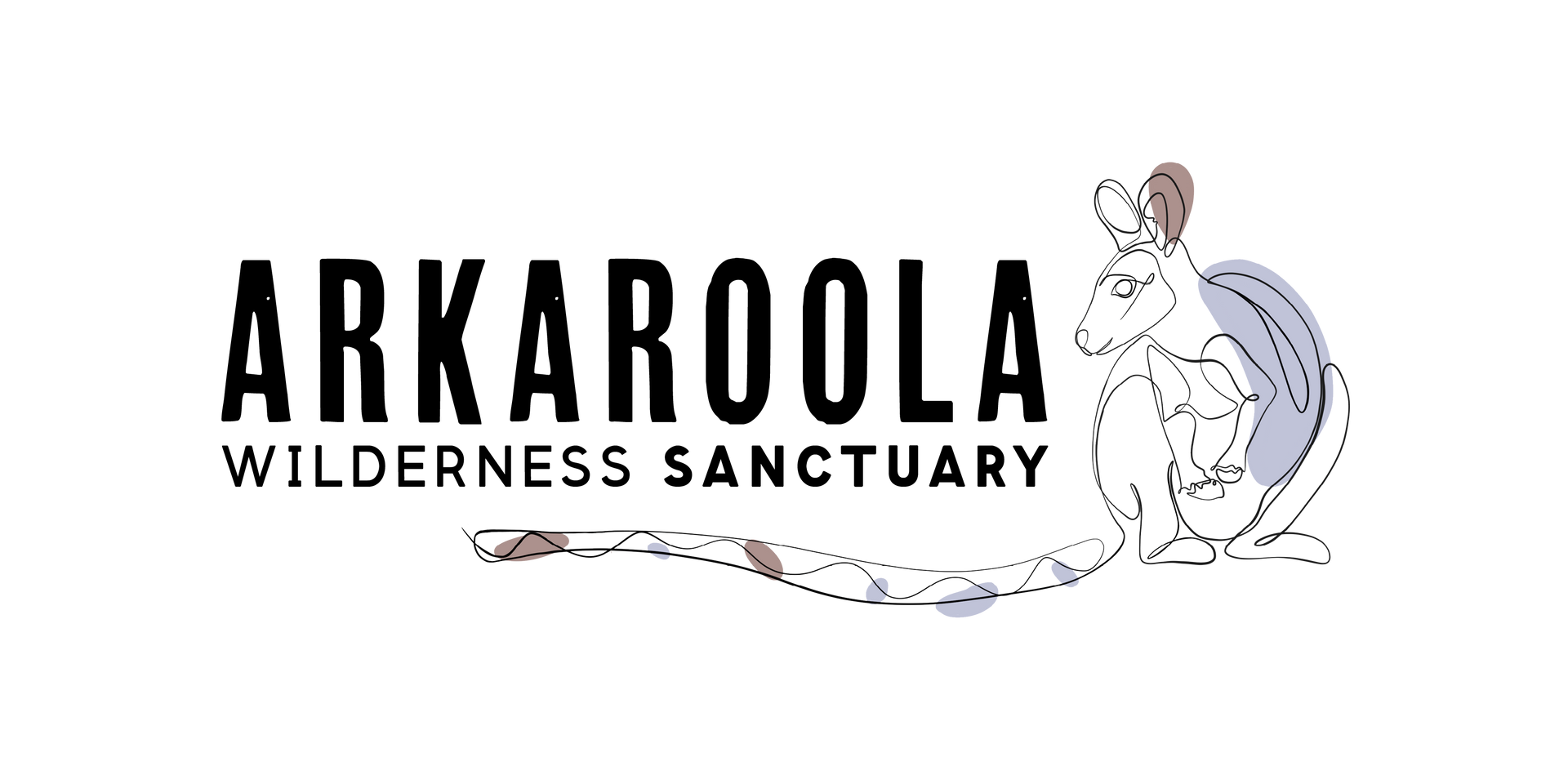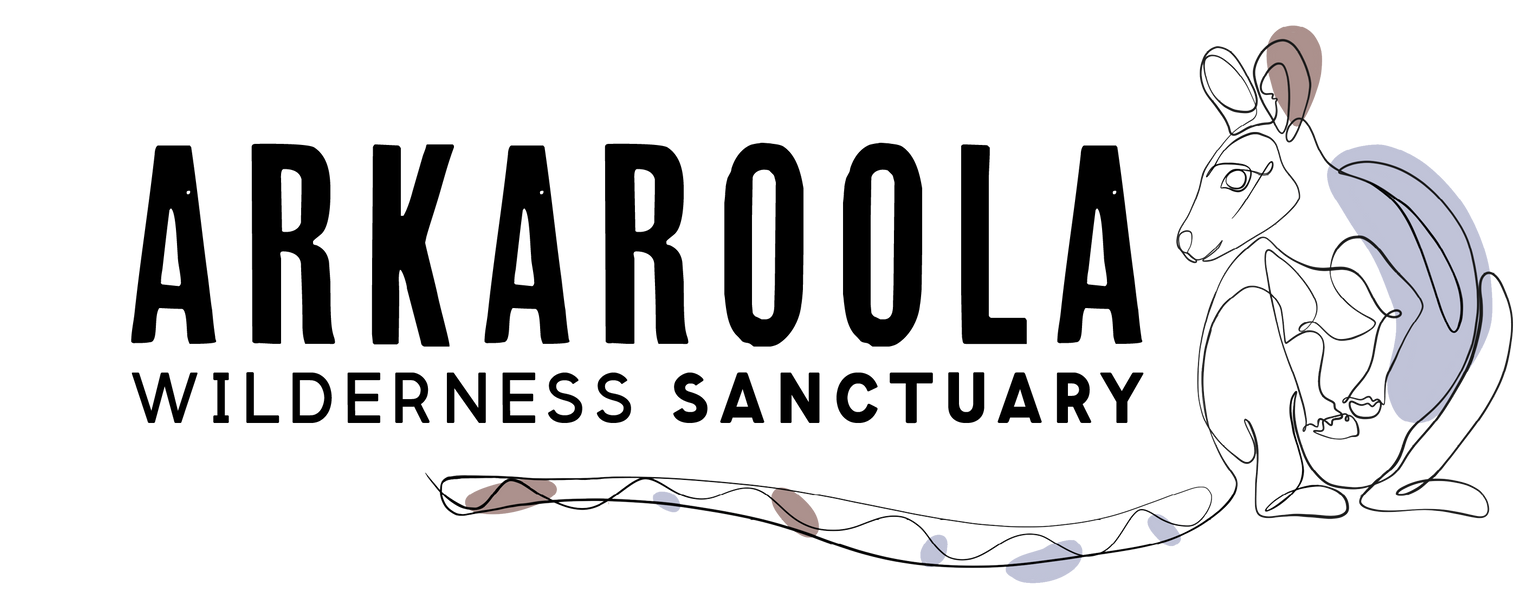HISTORY
Arkaroola – Mt. Painter Wilderness Sanctuary – A Brief History
Since the 1840s, explorers such as E.J. Eyre and prospectors including B.H. Babbage have frequented the Arkaroola area in search of wealth – they were looking for gold but instead found only limited supplies of copper. Numerous small mines opened, proved unprofitable and closed again. The ruins at Bolla Bollana and Yudnamutana are evidence of the optimism of the early miners. W.B. Greenwood discovered sapphires, rubies and ‘oriental emeralds’ at Corundum Camp in 1903 but these were not of gem quality and mining was unprofitable.
In 1910, the discovery of radium ore near Mt. Painter by W.B. Greenwood also promised a ‘boom’ that never eventuated. The ore samples were sent to Adelaide where a young (later Sir) Douglas Mawson was responsible for identifying the uranium minerals. Limited mining was carried out with the ore being removed from the area through the use of camels.
By 1900, pastoralists had settled on most of the land surrounding Arkaroola. But the inaccessible, incredibly rugged, semi-arid countryside around Mount Painter was decidedly unattractive to the early settlers and was left isolated. By the mid-1930s, approximately 61, 000 hectares of this isolated region had been fenced off by local pastoralists to keep the areas numerous dingoes, camels, donkeys, goats and other feral animals away from the sheep on neighbouring properties.
The area quickly became infested with vermin and seriously degraded. In 1937 ‘Smiler’ and Bently Greenwood – the sons of W.B. Greenwood – were awarded the property by the South Australian Government for the price of eradicating and controlling the vermin and maintaining the fences. These hardy brothers set about establishing the Arkaroola Pastoral Station. In good years 7, 000 sheep could be carried on the property, but these years were few and far between. At the best of times, Arkaroola was only marginal sheep country because of its rugged terrain. Mustering was almost impossible.
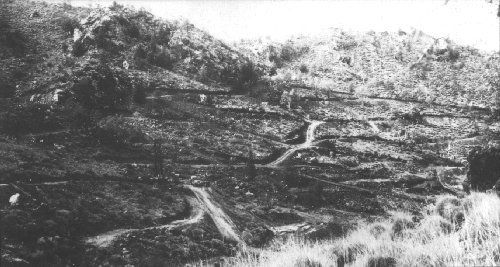 Write your caption hereButton
Write your caption hereButton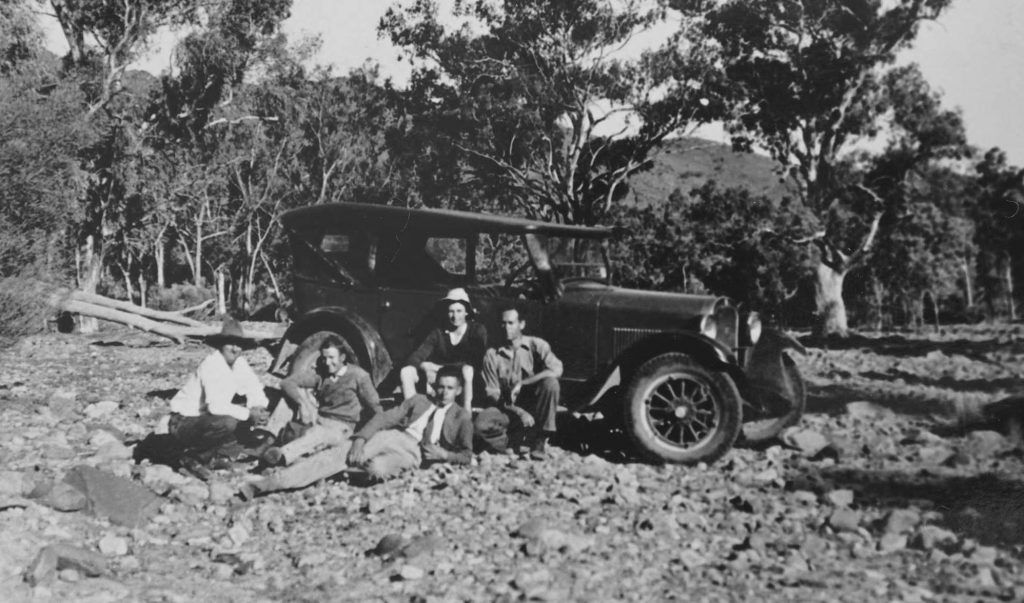
Slide title
Write your caption hereButton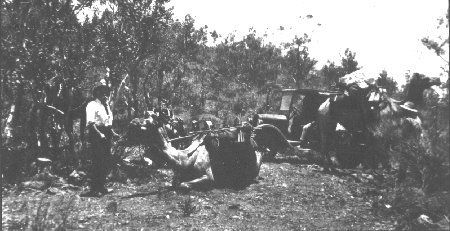
Slide title
Write your caption hereButton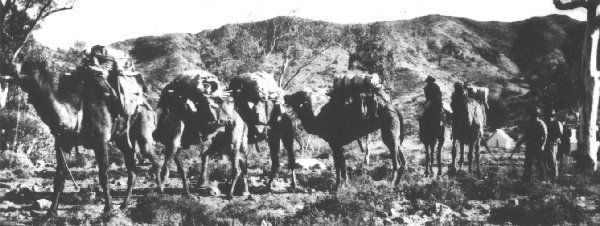
Slide title
Write your caption hereButton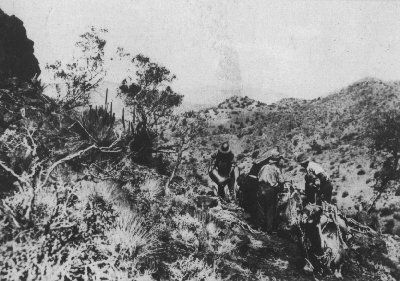
Slide title
Write your caption hereButton
Slide title
Write your caption hereButton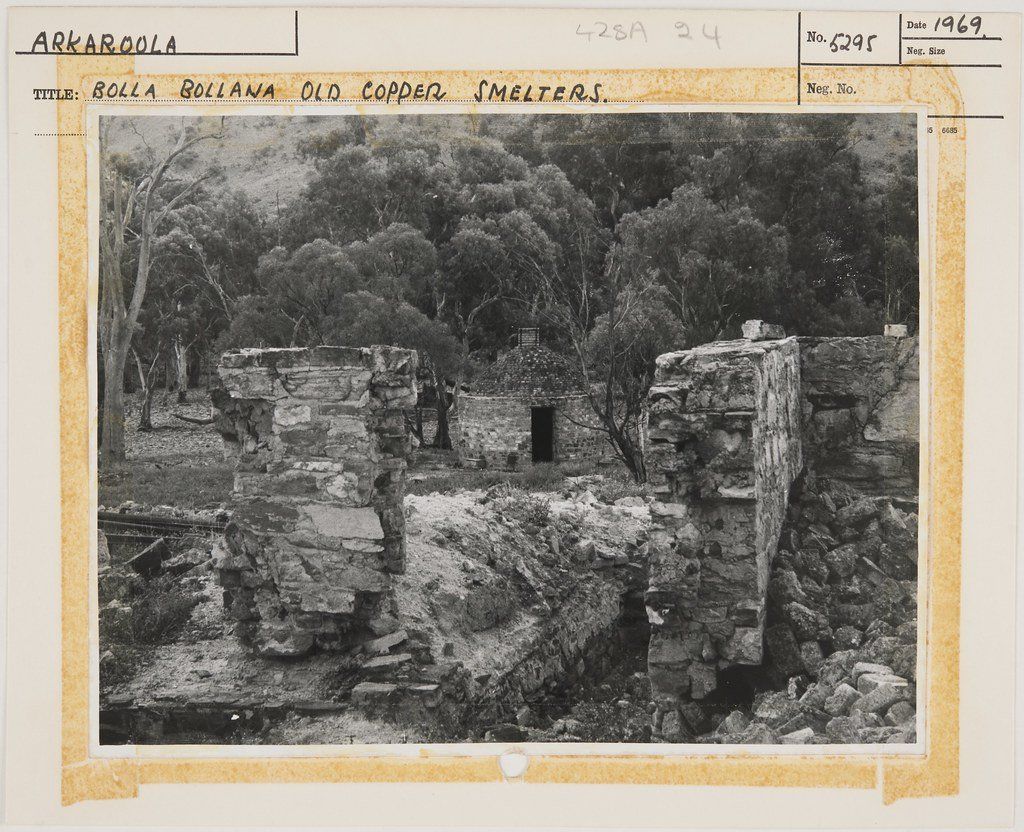
Slide title
Write your caption hereButton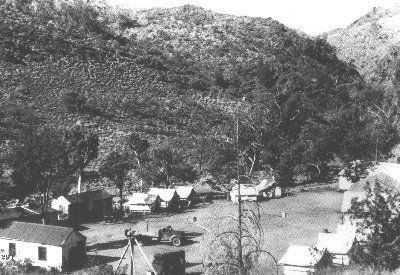
Slide title
Write your caption hereButton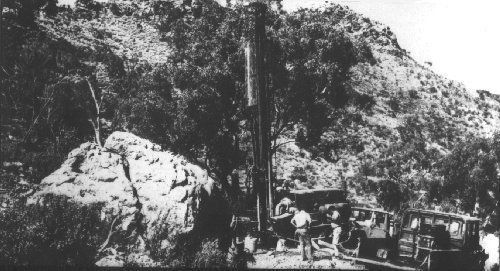
Slide title
Write your caption hereButton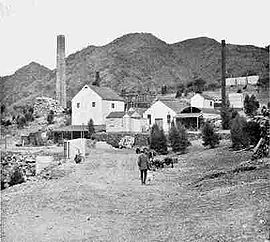
Slide title
Write your caption hereButton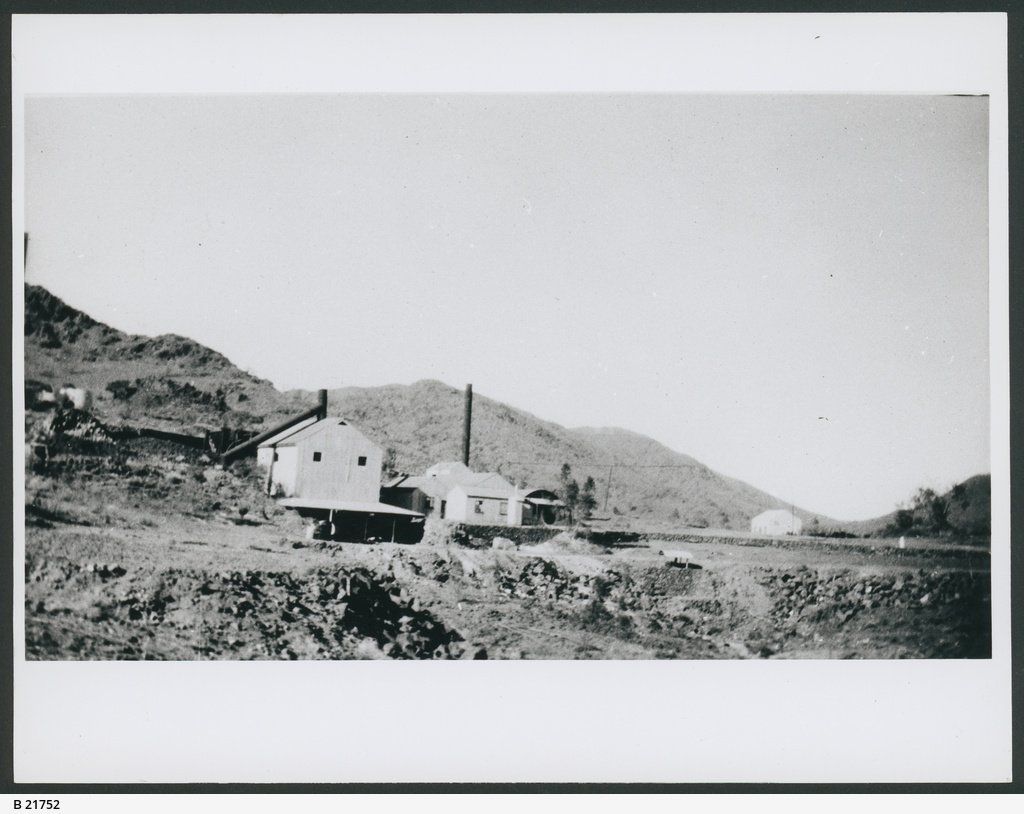
Slide title
Write your caption hereButton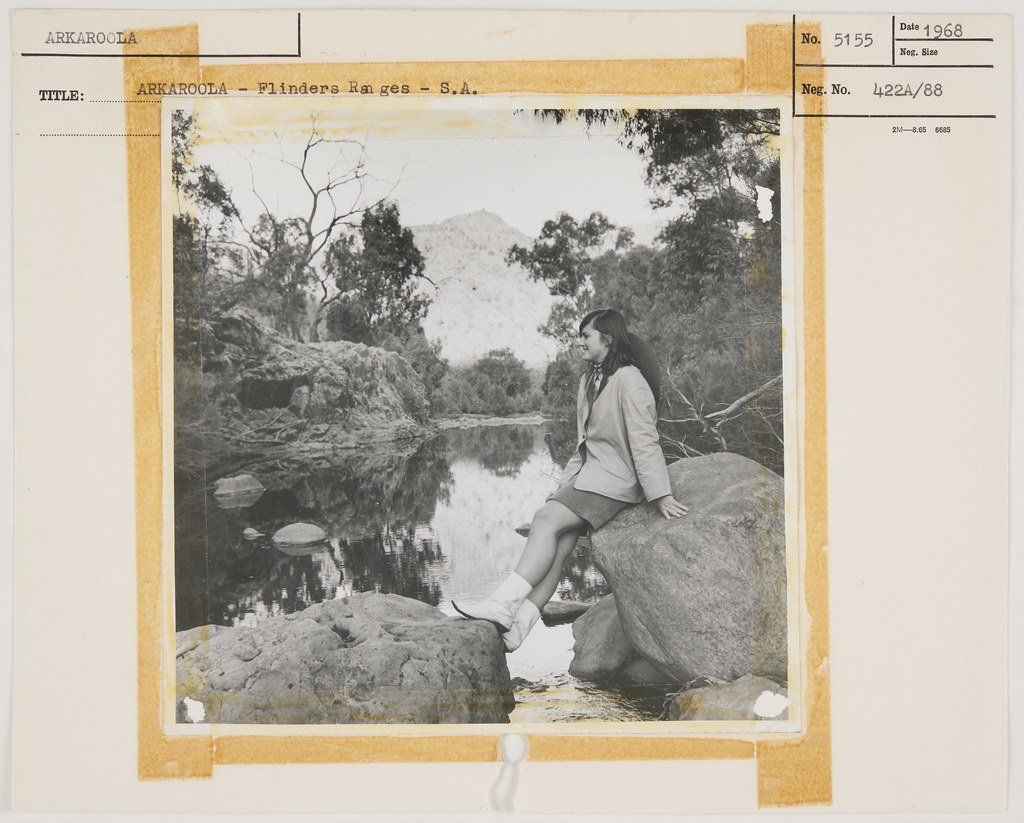
Slide title
Write your caption hereButton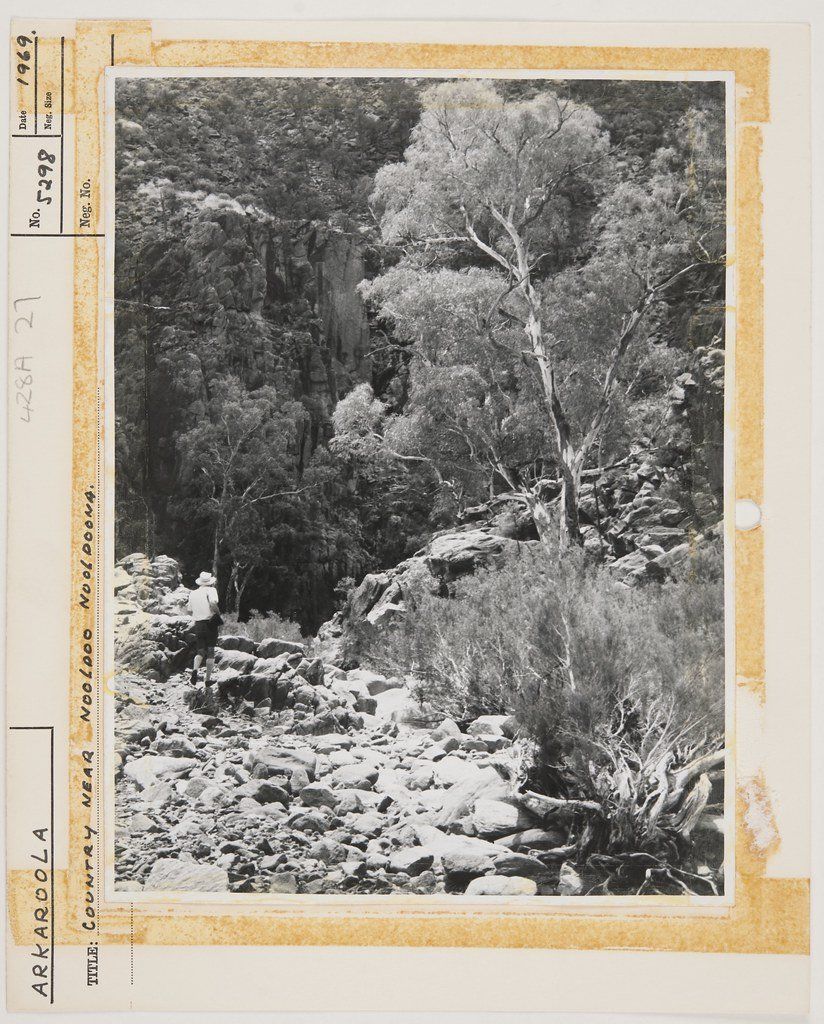
Slide title
Write your caption hereButton
''The gem of the Flinders Rangers, a geologists paradise''
The first track into the Mt. Painter heartland was carved out along Radium Creek by the Department of Mines in 1944 when the South Australian Government reopened the mine as part of the search for fissionable uranium by the allied forces of World War II. Government Geologist Reg Sprigg, who had previously visited Arkaroola as a student of Sir Douglas Mawson between 1937 and 1940, was taken out of the army to help assess the uranium potential of the area. Sir Douglas Mawson described the Arkaroola area as the ‘gem of the Flinders Rangers: A Geologists paradise’.
As a geologist / biologist, Reg saw a need for the region to be protected.
The first attempt at tourist development in the area occurred in 1923 when Dr. Charles Fenton set up a primitive ‘health spa’ at the radioactive Paralana Hot Springs, which are located on the Arkaroola’s eastern boundary. This project was doomed to fail from the outset because of its isolation; harsh conditions and shocking access. He only brought one group of patients to the springs and no follow-up was done to determine the long-term effects of their visit.
In 1948 Premier (later Sir) Thomas Playford gave encouragement to a group of Sydney entrepreneurs who were interested in reviving the Paralana ‘Health Spa’ proposal. Reg Sprigg was directed to lead the group of interested parties through the Flinders Rangers, looking at alternative prospects for a resort. This trip led to the eventual selection of Wilpena Pound as the site for the Flinders Rangers ‘Pleasure Resort’.
At around the same time, the Greenwood brothers attempted unsuccessfully to sell off Arkaroola for tourism purposes. In 1965 the Sprigg family became concerned at the worsening regional degradation of Arkaroola. They unsuccessfully campaigned for the state to take over the 61, 0000 hectare property in the interests of environmental conservation. In 1967 the property came up for sale, and encouraged by the Chairman of the Pastoral Board, the Sprigg family purchased the property and gained permission to start removing livestock. At first, about 3, 000 sheep had to be kept on the property under the pastoral lease requirements, but eventually permission was granted to fully de-stock Arkaroola in order to ‘rest the property for the purposes of conservation’.
By mid-1968 the new Arkaroola Village was created 5km west of the original Station Homestead (now a private residence). Over 150 kilometres of roads and tracks were created to allow access to some of the most magnificent terrain in South Australia. It is one of Australia’s most isolated; self-supporting villages with its own power generation and water collection systems.
After much negotiation, the Sprigg family succeeded in having Arkaroola gazetted as a wildlife sanctuary (1969) and historic reserve (1970). This joint reserve status was withdrawn without explanation by the South Australian Government in 1972, and finally reinstated in 1996. The Arkaroola Sanctuary remains entirely privately owned, with all development under the control of the Sprigg family.




